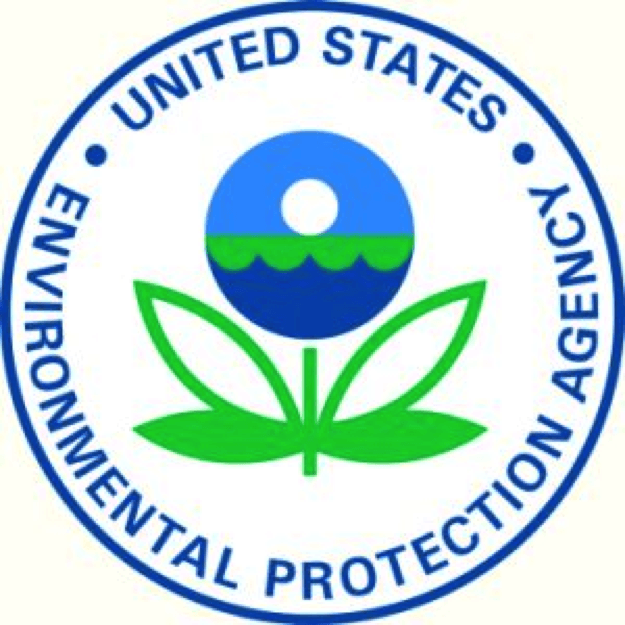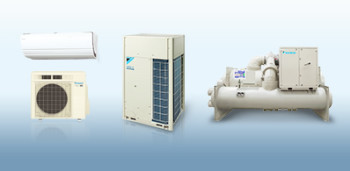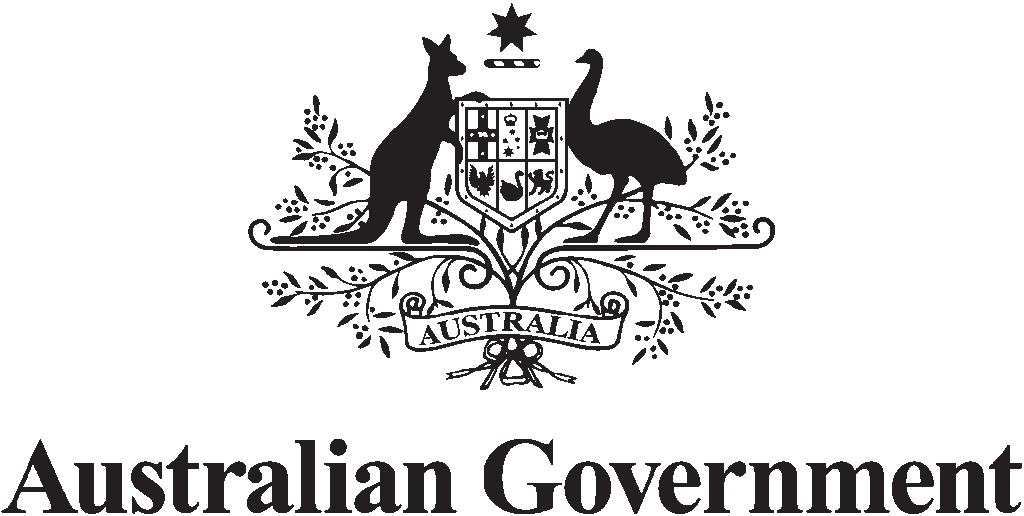
“This proposed rule would more fully implement the prohibition under section 608 of the Clean Air Act against knowingly venting, releasing or disposing of ozone-depleting and substitute refrigerants. It would accomplish this by updating the existing requirements under section 608 that currently apply to ozone-depleting (ODS) refrigerants and then extending, as appropriate, the requirements to non-ozonedepleting substitute refrigerants, such as hydrofluorocarbons (HFCs), as amended.”
A pre-publication version of the proposal can be found at http://www2.epa.gov/snap/608-proposal .

 Updated information posted September 25th 2015 by U.S.-China Joint Presidential Statement on Climate Change
Updated information posted September 25th 2015 by U.S.-China Joint Presidential Statement on Climate Change
